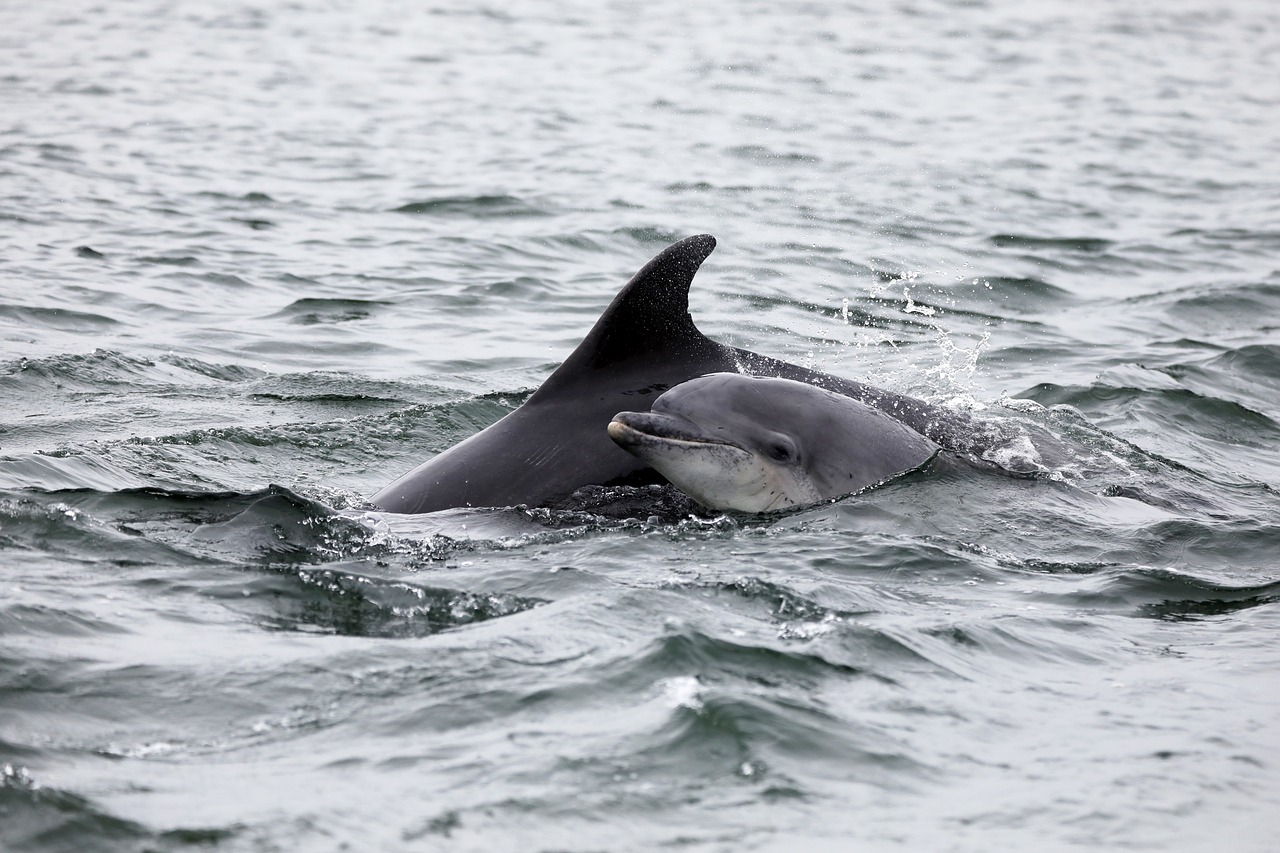Report by Alekhya Chavan
We might have observed that when talking to children, we tend to talk in a different way. Does this have an evolutionary purpose, or is it just a human thing?
One way to find out is to check if any other species does the same thing – talk in a different way with infants and young ones.
In a study, scientists in Florida examined 19 mother dolphins and their young ones to understand their communication. Dolphins have rare whistle sounds, like names, to recognize each other. The interesting finding is that when a mother dolphin talks to her baby, her whistle gets higher and different.
The researchers collected this data by attaching unique microphones to the same wild dolphin mothers in Sarasota Bay, US over 30 years. They recorded the whistles when the mothers had their young ones and times when they didn’t. Dolphin calves(their young ones) usually stay with their mothers for about three years or even longer, and fathers don’t play a big role in parenting. The scientists use special devices attached with suction cups to the dolphin’s foreheads, also known as “melons,” to record their continuous whistles.
A suction cup is a device made of rubber that creates a vacuum to stick to surfaces.
Other scientists who study marine organisms but were not part of the research team praised the study. This study shows how dolphins communicate, especially between mothers and their babies, and how these creatures form connections and talk to each other in their groups.


